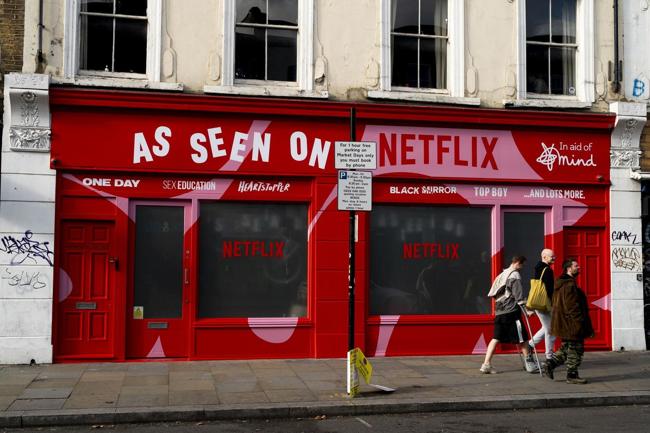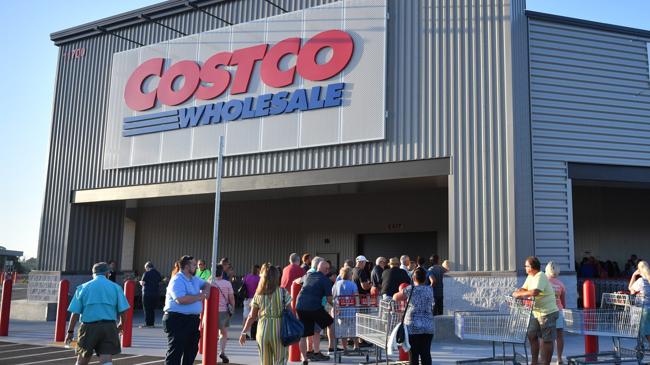Summary
This new donations bill will starve small parties and independents of the cash they need to compete while fattening up the coffers of the big players.
Source: Sydney Morning Herald

AI News Q&A (Free Content)
Q1: What are the key components of the Australian political donations bill, and how might it impact small parties and independents?
A1: The Australian political donations bill introduces caps on political donations per party or independent candidate. This means that while major parties like Labor, Liberal, and Greens can receive donations up to the cap per each party in their coalition, small parties and independents might struggle to compete financially. This reform aims to limit the influence of money on politics but could potentially starve smaller entities of necessary funding.
Q2: How does the new Electoral Legislation Amendment Bill propose to change Australian elections?
A2: The Electoral Legislation Amendment Bill seeks to increase taxpayer funding for political parties, impose limits on political donations and cap election campaign spending. These changes are part of a comprehensive reform to ensure fairer elections, though they may inadvertently limit financial resources for smaller parties and independents.
Q3: What historical strategies have Coles and Woolworths used to maintain their dominance in the Australian supermarket industry?
A3: Coles and Woolworths have maintained their dominance through strategies such as aggressive pricing, extensive store networks, and vertical integration. These approaches have created a duopoly that makes market entry challenging for new competitors, contributing to their substantial market control.
Q4: How do Coles and Woolworths' strategies affect competition in the Australian retail market?
A4: The duopoly of Coles and Woolworths leads to reduced competition as new entrants find it difficult to compete with the scale and pricing strategies of these giants. This dominance is often criticized for limiting consumer choice and stifling innovation within the industry.
Q5: What does recent research suggest about the influence of campaign donations on political party behavior?
A5: Recent research using agent-based models suggests that campaign donations from oligarchs are influenced by both ideological and profit motives. Donations tend to decrease when parties are less flexible in policy changes or when voter awareness is high. This dynamic impacts how political parties strategize and align their policies.
Q6: What are the implications of retail competition models for supermarket operations in Australia?
A6: Retail competition models, such as those used in the M5 competition, highlight the importance of forecasting and strategic planning in supermarket operations. These models can help supermarkets optimize their product selection and marketing strategies, supporting better decision-making in a competitive market.
Q7: How has the concept of 'on-the-way' retail outlet choices been modeled in recent retail studies?
A7: Recent studies have modeled the 'on-the-way' choices of retail outlets by analyzing consumer behavior in terms of convenience and destination-oriented strategies. This approach helps in understanding consumer preferences and can inform segmentation and competition strategies, especially in a duopoly setting like that of Coles and Woolworths.
References:
- Modeling Oligarchs' Campaign Donations and Ideological Preferences with Simulated Agent-Based Spatial Elections
- A Data Mining Framework for Optimal Product Selection in Retail Supermarket Data: The Generalized PROFSET Model.





